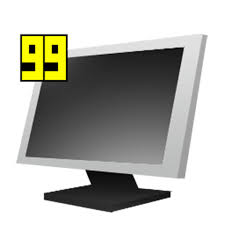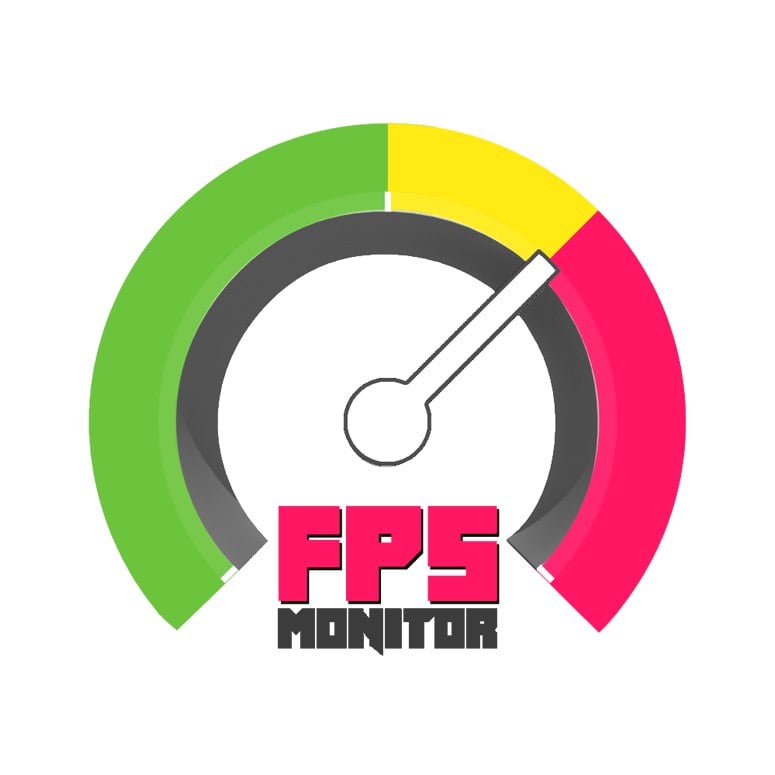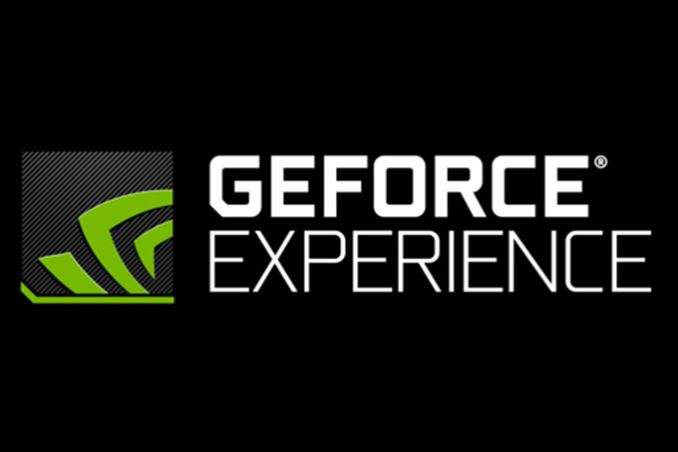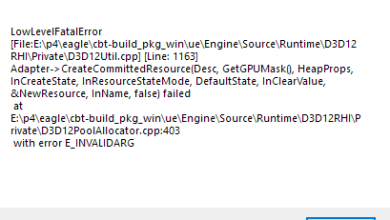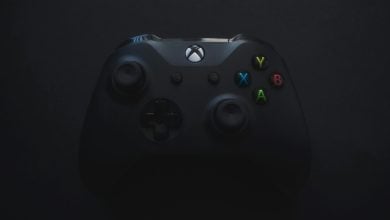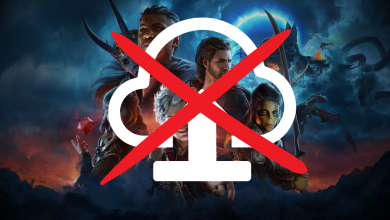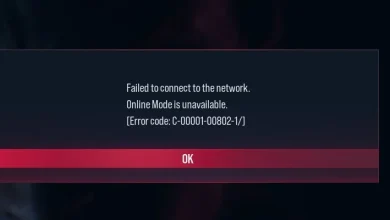The 5 Best Software You can Use to Monitor a Game’s FPS in Windows
FPS which is the acronym for Frames Per Second refers to the number of images that a display can render in one second and is an important aspect that every gamer has to consider. Basically, the higher the frame rate the smoother the game experience. Which is why gamers are always in a constant pursuit to increase their screen’s FPS. This could be through simple tweaks of the graphics settings or upgrading the GPU.
Either way, you will need to view the FPS that your game is running on at any particular moment to determine whether you are making any progress or if you need to take more actions. There are many ways you can view your game’s FPS and in this post, we will be focusing on one in particular. The use of dedicated software. However, it’s still nice to know what options you have so we will first look at some other ways you can check the FPS before resorting to the use of a software.
Using Steam’s In-Game overlay to Check FPS
If you are using Steam, then you probably don’t need a special software because it now includes an FPS counter in its In-Game overlay options. The only downside is that you cannot activate the feature while in mid-game. All games have to be closed.
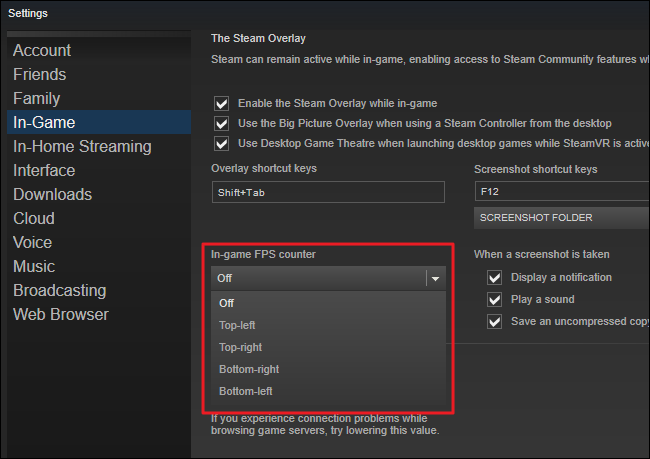
But since it does not involve installation of an external file then it means less load on your CPU. To access the FPS counter in Steam, go to settings, navigate to the In-Game section and you will see the FPS Counter menu. Here you will choose the position on the screen where you want the FPS displayed and you are done.
Note that you can also use this feature for games that you did not buy through Steam so long as you have the steam application. To do this, go to the Games Menu and click on ‘Add a non-steam game to my library.’ Once the game has been added, done launch it through steam and you can now view the FPS.
Using the Game’s Built-in options to Check FPS
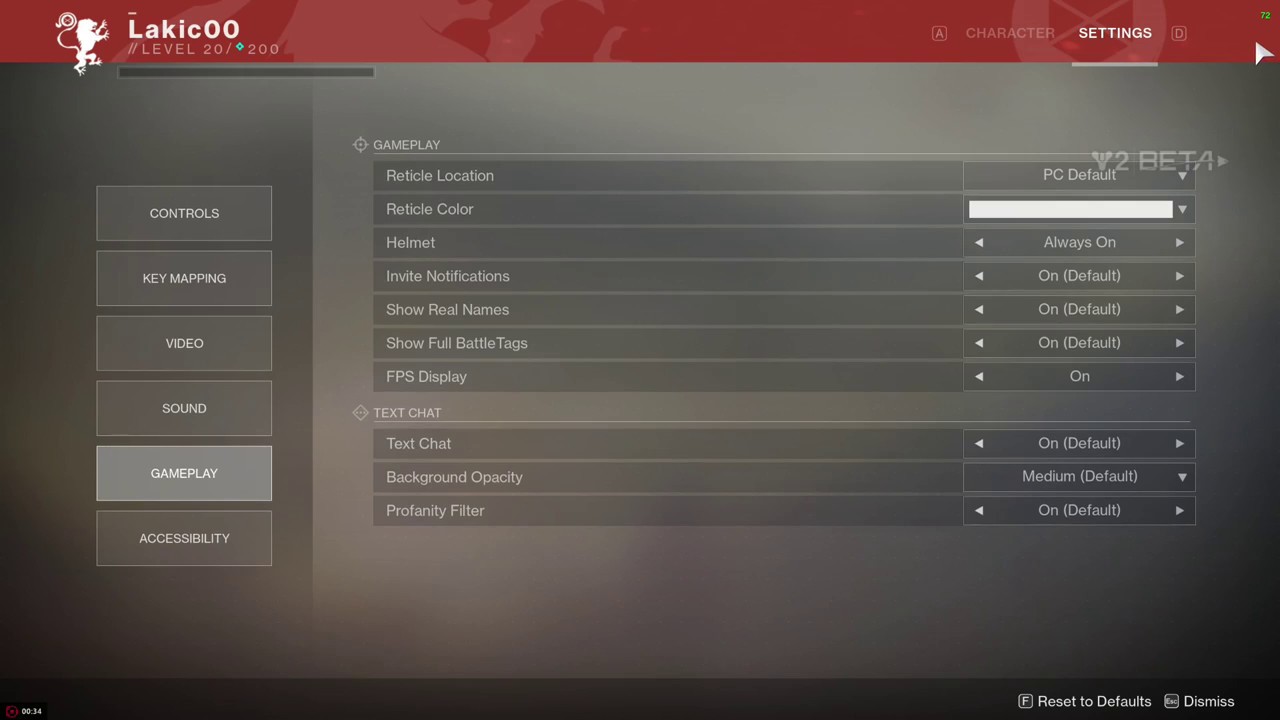
Again, before you can download a software check to see if the particular game has a built-in feature that lets you view the frame rate. This option is usually a bit hard to find and may probably take a while going through the settings before you can stumble on it. Alternatively, you can search the game name followed by “Built-in FPS.” Chances are that if it has an integrated FPS counter then there is a post outlining the process of activating it.
But now to our method of focus. The main reason why people resort to using a software is because of its ease of use. The FPS counter option is easily accessible and better yet, the software usually come loaded with other features that you can find useful.
Here is a list of 5 of the best software you can use to show your game’s frame rate.
1. FRAPS
Fraps is probably the most popular software in this list. It was there before the alternatives methods I mentioned above and for this reason, it still remains my top recommendation. It is compatible with all versions of Windows and supports games using DirectX and also those running on Open GL Graphic Technology.
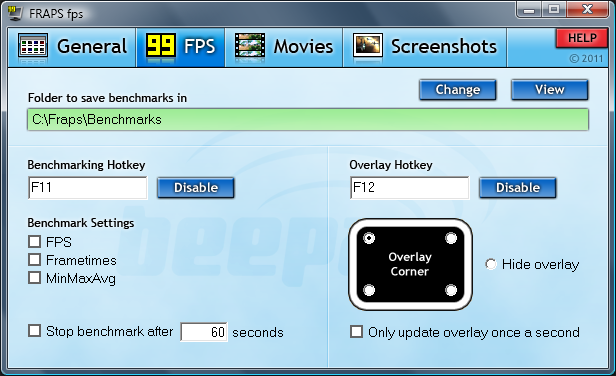
Fraps has 3 main uses and the first is to display FPS. This is the functionality we are interested in. You can choose between any of the four corners of your screen to view the FPS. This software can measure the frame rates between two intervals of time which makes it an excellent benchmarking software. Additionally, it also saves the statistics on your computer so that you can view them later for further analysis.
The second functionality is the screen capture that allows you to take a screenshot of your gameplay at any instance through the use of a keyboard shortcut. The screenshots are named and saved automatically.
Then the last feature is video capture that allows you to record your gameplay in resolutions of up to 7680×4800 and frame rates ranging from 1-120 FPS. Fraps is a premium software but unless you are using its video capture functionality, then there is no limitation to how you use it.
2. FPS Monitor
FPS Monitor is an excellent software that not only displays your game’s frame rate but also other aspects of your game that affect performance. Yes, it will also show you the CPU usage, GPU performance, RAM utilization and many other performance aspects. In this picture, I’m using overclocked Core i9-9900k on MSI MPG Z390.
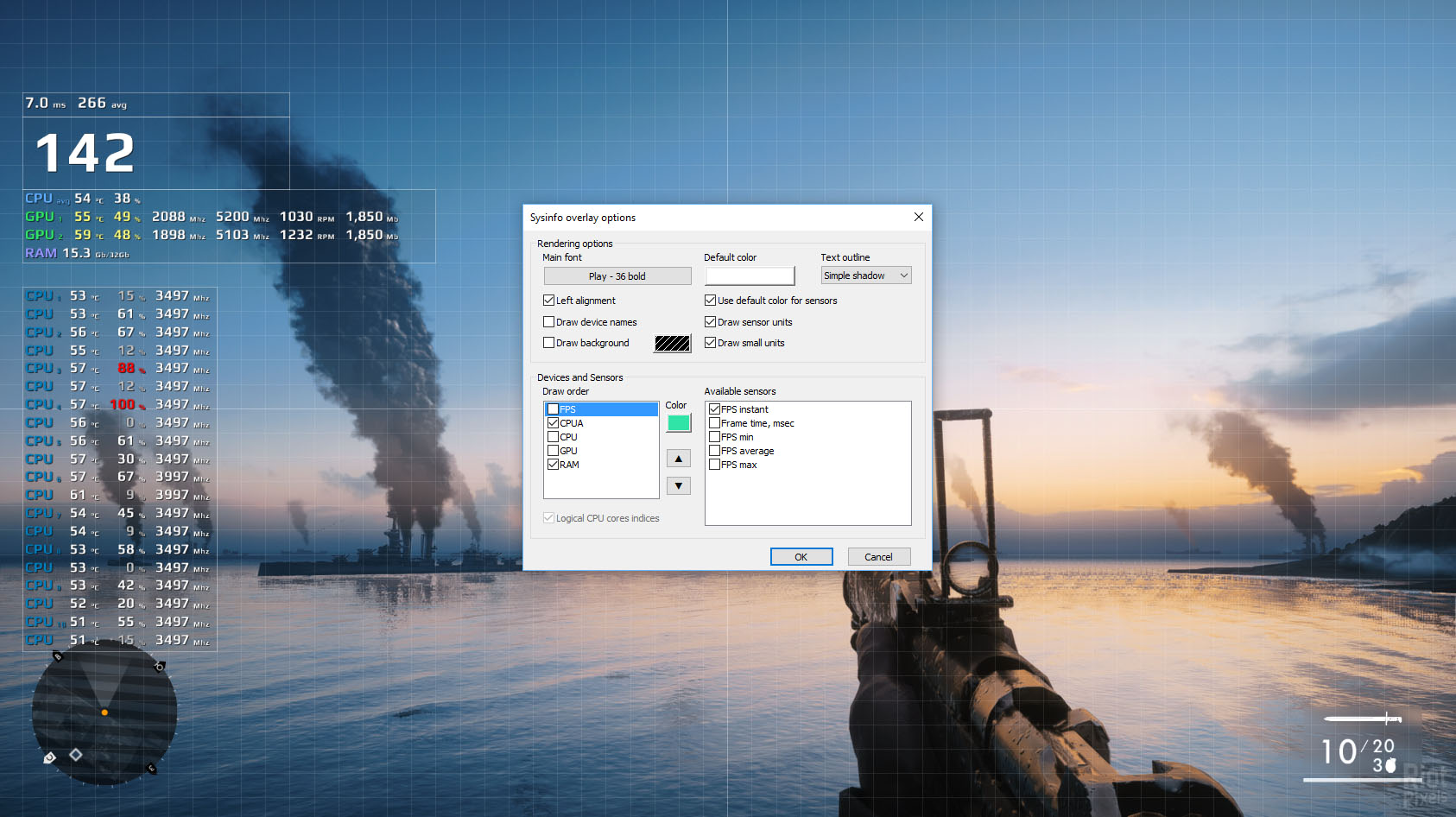
Moreover, you will be able to customize the overlay in several ways. For instance, you can change the style, size and colour of the font to something that matches your desktop background. Also, the number of aspects displayed on the screen is up to you. You can have it so that you are only able to view the FPS counter or add any number of the other performance aspects.
This software also saves the game data collected so that you can use it later for further analysis. If you have been meaning to try overclocking your GPU and was afraid then this tool will be of help to you. The secret behind successful overclocking is the ability to increase the GPU speed without overheating it. Which is where this tool comes in. It has an alert feature to notify you when the GPU maximum temperature is reached.
3. MSI Afterburner
MSI Afterburner is a software that is largely known as a graphics card overclocking utility. It should, therefore, come as no surprise that it has an FPS counter. After all what better way to confirm overclocking than to check the change in game FPS. And the best part is that this software is completely free.
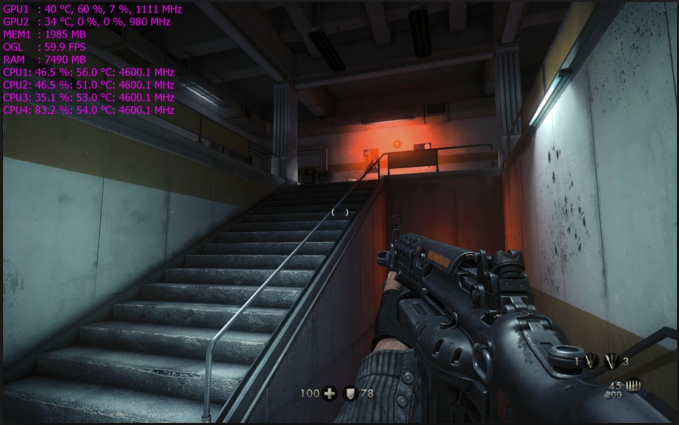
MSI Afterburner enables you to display your FPS at any corner of your screen along with other performance aspects like temperature, clock speed, and voltage which help you know the effects of your overclocking action. It also allows numerous customizations such determining which aspects appear on your screen and also includes skins that you can use to change its overall appearance.
To activate the FPS counter in MSI Afterburner, go to settings and click on the monitoring tab. Click on Frame rate then select it to show in the overlay screen display. The frame rate will be displayed on the top left corner of your screen.
4. GeForce Experience
If you are using a Ge-Force graphics card then GeForce Experience is a software that you will find extremely useful. And not just for showing FPS. It’s a full-featured management program that gives you access to your card’s settings and will also be used in searching for updates of your graphics card.
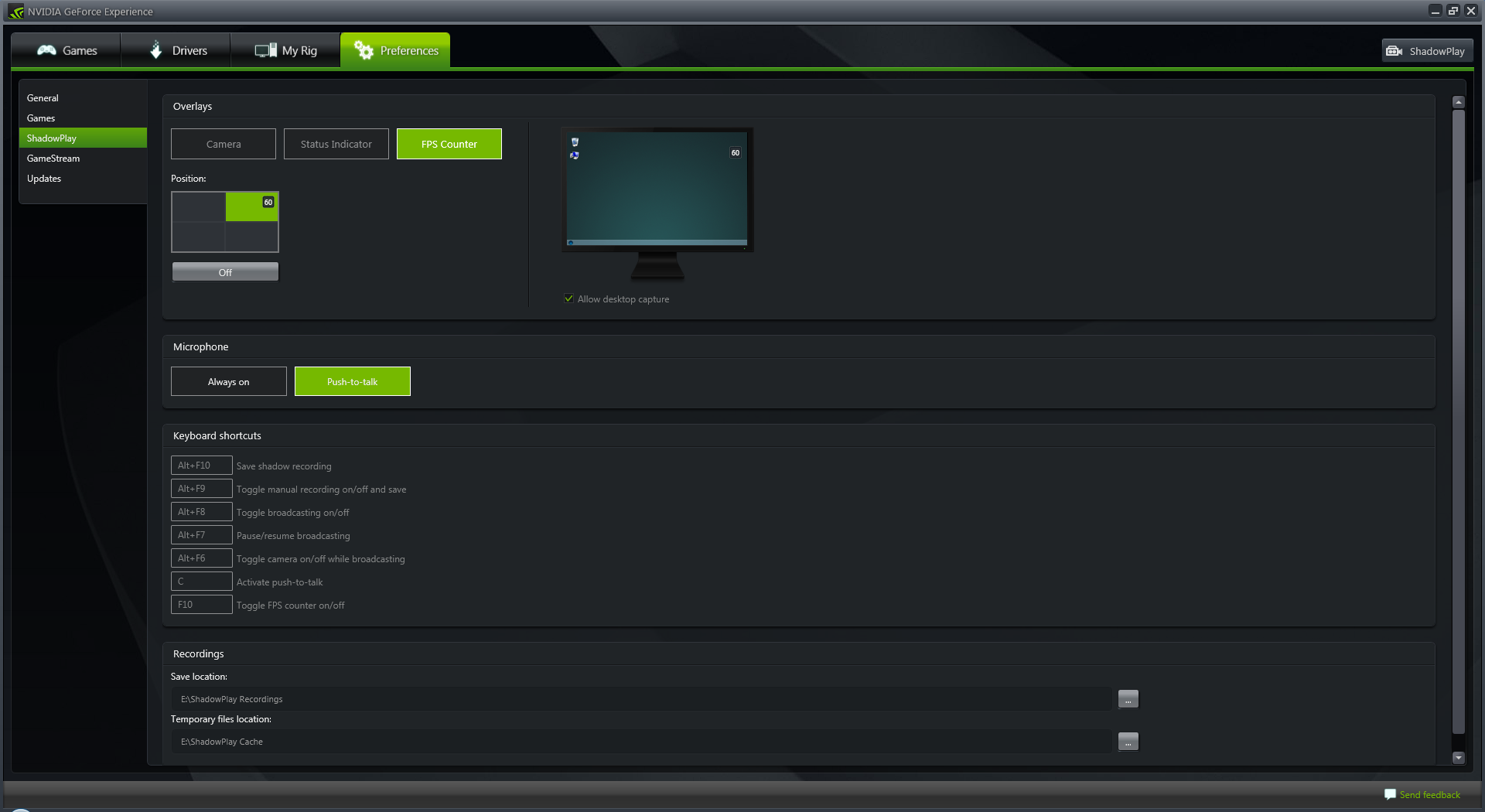
To enable FPS display, go to the program settings and look for Shadowplay References tab. Once you are there click on FPS Counter button and select the desired position you want it displayed on the screen. You can also assign a custom shortcut for activating the display although the default button is alt+f12.
This software will also be a great tool for capturing images and videos of your gameplay. Some other functions you can perform using Ge-Force Experience include adding filters to your games and boosting game performance by reducing the graphics settings.
5. DXtory
Dxtory is another FPS counter program that also allows you to capture screenshots and videos of your gameplay. Similar to Fraps, this software can be used on both Direct X games and those using OpenGL. DirectDraw and Vulkan are also some of the other API supported. It is also compatible with all versions of Windows.
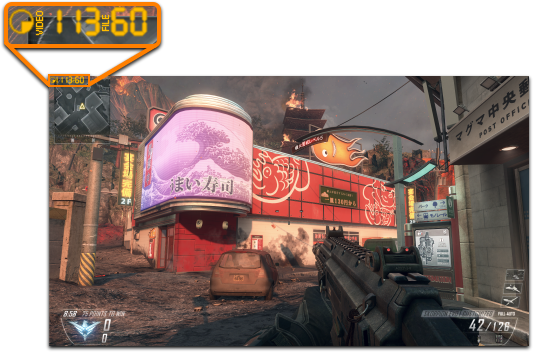
Dxtory does not allow you to customize the position of the FPS counter but there are other ways you can customize the overlay like changing the colour of the font. The frame rate is displayed on the top left corner by default.
Although DXtory is a premium feature you will be able to use most of its features for free. The only limitation is that their logo will be displayed in all your screen and video captures. You will also have to deal with a constant licence purchase site that pops up every time you close the program.
This software also has a number of filters that you can apply over your screenshots, game and movies.
